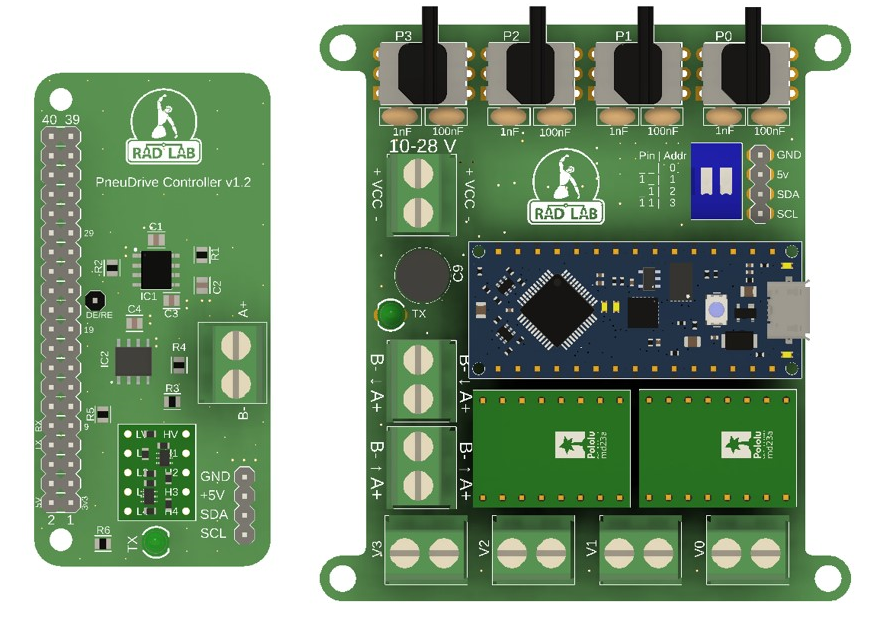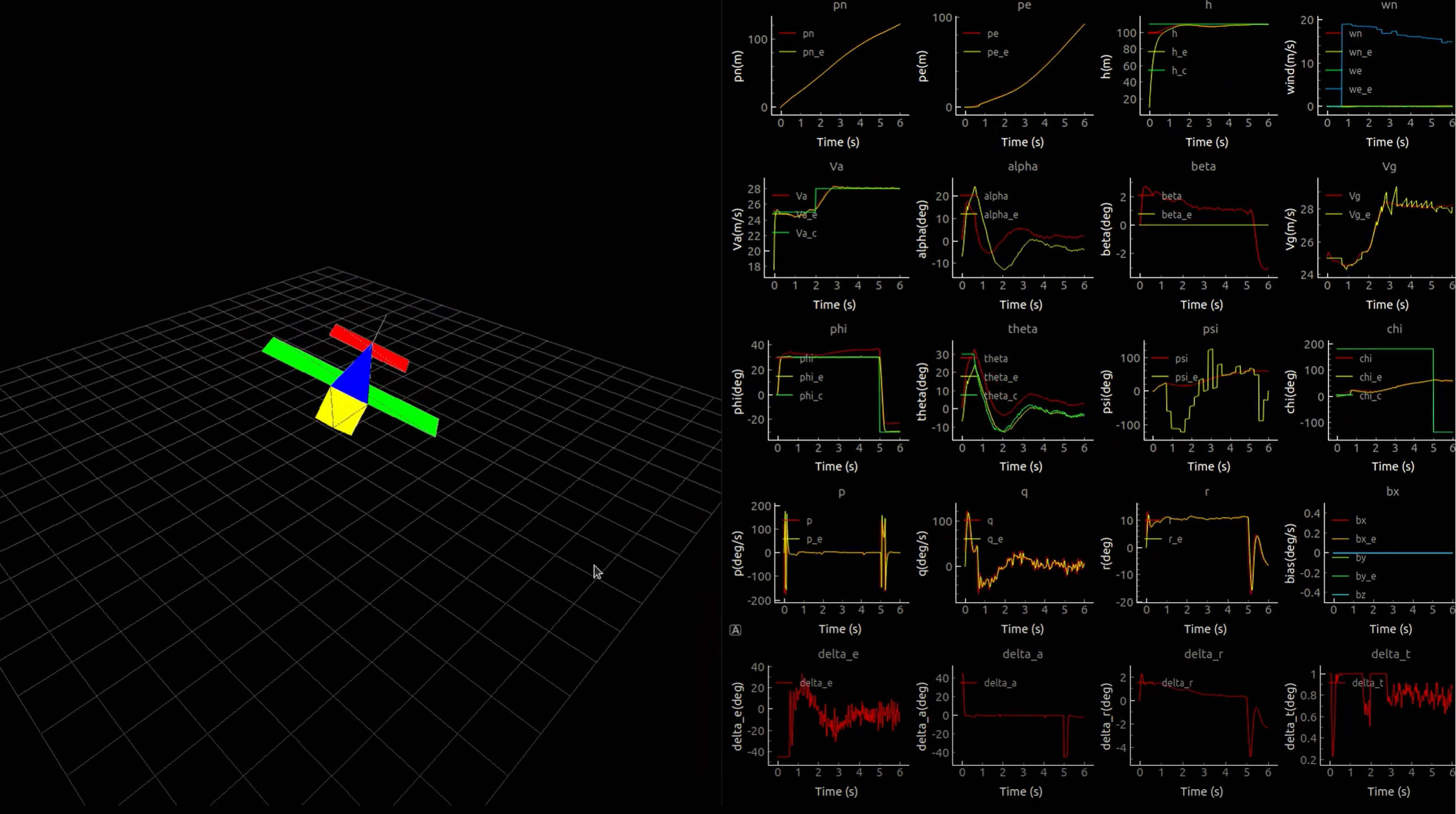Page Not Found
Page not found. Your pixels are in another canvas.
A list of all the posts and pages found on the site. For you robots out there is an XML version available for digesting as well.
Page not found. Your pixels are in another canvas.
About me
Published:
As part of my PhD work, I designed an embedded pressure control system called PneuDrive for use on a large scale soft robotic torso. 
Published:
I was hosted by Dr. Egidio Falotico in the Brain-Inspired Robotics Lab. 
Published:
Overview of my recent defense of my PhD research proposal.
Published:
I just finished reading Skunk Works by Ben Rich. I enjoyed the book and learned quite a lot about the development of stealth technology during the Cold War.
For this project, I trained a CNN based on the UNET architecture on a database of labelled cancerous cell images. The goal was to predict cancer with >85% accuracy.
Trained an RNN on State of the Union Adresses to predict sentences given a few letters.
Modeling, simulation, control, estimation, and path planning for a fixed wing UAV. The final result of the project is a simulator built from scratch with implementations of IMU, pressure, and GPS sensors, Extended Kalman Filter and RRT path planning. 
Our team used a combination of computer vision, controls, and reinforcement learning to autonomously navigate a mini city. Our car is capable of recognizing and responding to signs, stopping at rail road crossings, and staying on the road.
Past work has shown model predictive control (MPC) to be an effective strategy for controlling continuum joint soft robots using basic lumped-parameter models. However, the inaccuracies of these models often mean that an integral control scheme must be combined with MPC. In this paper we present a novel dynamic model formulation for continuum joint soft robots that is more accurate than previous models yet remains tractable for fast MPC. This model is based on a piecewise constant curvature (PCC) assumption and a relatively new kinematic representation that allows for computationally efficient state prediction. However, due to the difficulty in determining model parameters (e.g., inertias, damping, and spring effects) as well as effects common in continuum joint soft robots (hysteresis, complex pressure dynamics, etc.), we submit that regardless of the model selected, most model-based controllers of continuum joint soft robots would benefit from online model adaptation. Therefore, in this paper we also present a form of adaptive model predictive control based on model reference adaptive control (MRAC). We show that like MRAC, model reference predictive adaptive control (MRPAC) is able to compensate for “parameter mismatch” such as unknown inertia values. Our experiments also show that like MPC, MRPAC is robust to “structure mismatch” such as unmodeled disturbance forces not represented in the form of the adaptive regressor model. Experiments in simulation and hardware show that MRPAC outperforms individual MPC and MRAC.
Model-based optimal control of soft robots may enable compliant, underdamped platforms to operate in a repeatable fashion and effectively accomplish tasks that are otherwise impossible for soft robots. Unfortunately, developing accurate analytical dynamic models for soft robots is time-consuming, difficult, and error-prone. Deep learning presents an alternative modeling approach that only requires a time history of system inputs and system states, which can be easily measured or estimated. However, fully relying on empirical or learned models involves collecting large amounts of representative data from a soft robot in order to model the complex state space–a task which may not be feasible in many situations. Furthermore, the exclusive use of empirical models for model-based control can be dangerous if the model does not generalize well. To address these challenges, we propose a hybrid modeling approach that combines machine learning methods with an existing first-principles model in order to improve overall performance for a sampling-based non-linear model predictive controller. We validate this approach on a soft robot platform and demonstrate that performance improves by 52% on average when employing the combined model.
Because of the complex nature of soft robots, formulating dynamic models that are simple, efficient, and sufficiently accurate for simulation or control is a difficult task. This paper introduces an algorithm based on a recursive Newton-Euler (RNE) approach that enables an accurate and tractable lumped parameter dynamic model. This model scales linearly in computational complexity with the number of discrete segments. We validate this model by comparing it to actual hardware data from a three-joint continuum soft robot (with six degrees of freedom represented in a constant curvature kinematic model). The results show that this RNE-based model can be computed faster than real-time. We also show that with minimal system identification, a simulation performed using the dynamic model matches the real robot data with a median error of 3.15 degrees.
Legged robots have the potential to cover terrain not accessible to wheel-based robots and vehicles. This makes them better suited to perform tasks such as search and rescue in real-world unstructured environments. In addition, pneumatically-actuated, compliant robots may be more suited than their rigid counterparts to real-world unstructured environments with humans where unintentional contact or impact may occur. In this work, we define design metrics for legged robots that evaluate their ability to traverse unstructured terrain, carry payloads, find stable footholds, and move in desired directions. These metrics are demonstrated and validated in a multi-objective design optimization of 10 variables for a 16 degree of freedom, pneumatically actuated, continuum joint quadruped. We also present and validate approximations to preserve numerical tractability for any similar high degree of freedom optimization problem. Finally, we show that the design trends uncovered by our optimization hold in two hardware experiments using robot legs with continuum joints that are built based on the optimization results.
In this paper, we present a modular pressure control system called PneuDrive that can be used for large-scale, pneumatically-actuated soft robots. The design is particularly suited for situations which require distributed pressure control and high flow rates. Up to 4 embedded pressure control modules can be daisy-chained together as peripherals on a robust RS-485 bus, enabling closed-loop control of up to 16 valves with pressures ranging from 0-100 psig (0-689 kPa) over distances of more than 10 meters. The system is configured as a C++ ROS node by default. However, independent of ROS, we provide a Python interface with a scripting API for added flexibility. We demonstrate our implementation of PneuDrive through various trajectory tracking experiments for a three-joint, continuum soft robot with 12 different pressure inputs. Finally, we present a modeling toolkit with implementations of three dynamic actuation models, all suitable for real-time simulation and control. We demonstrate the use of this toolkit in customizing each model with real-world data and evaluating the performance of each model. The results serve as a reference guide for choosing between several actuation models in a principled manner.